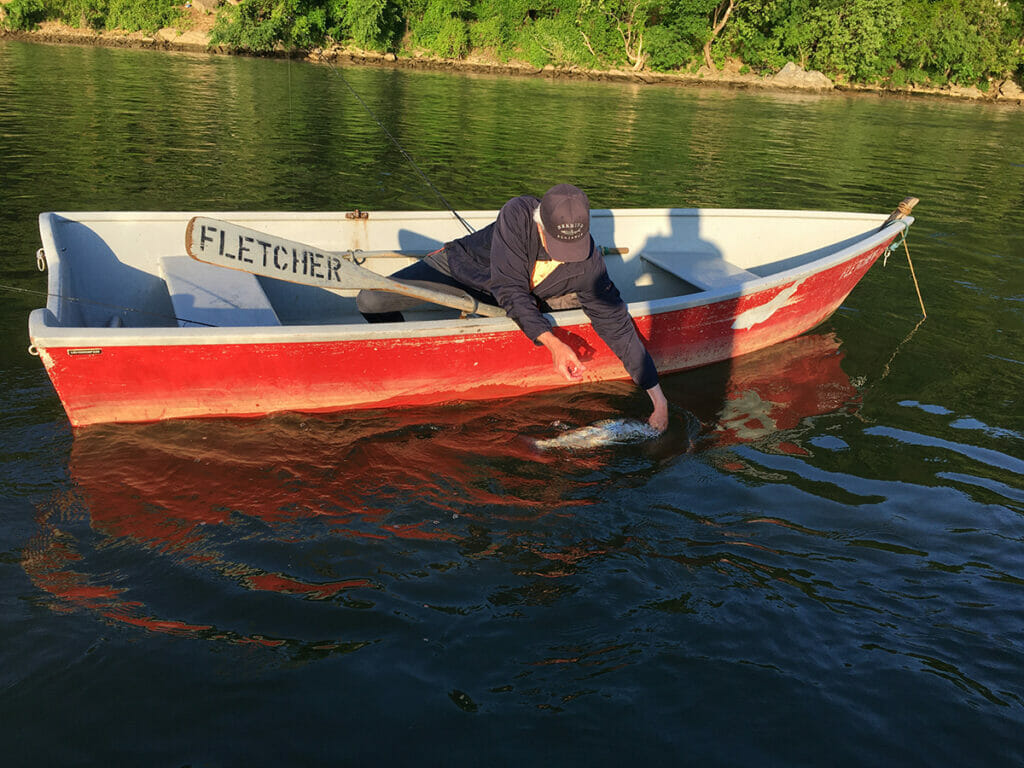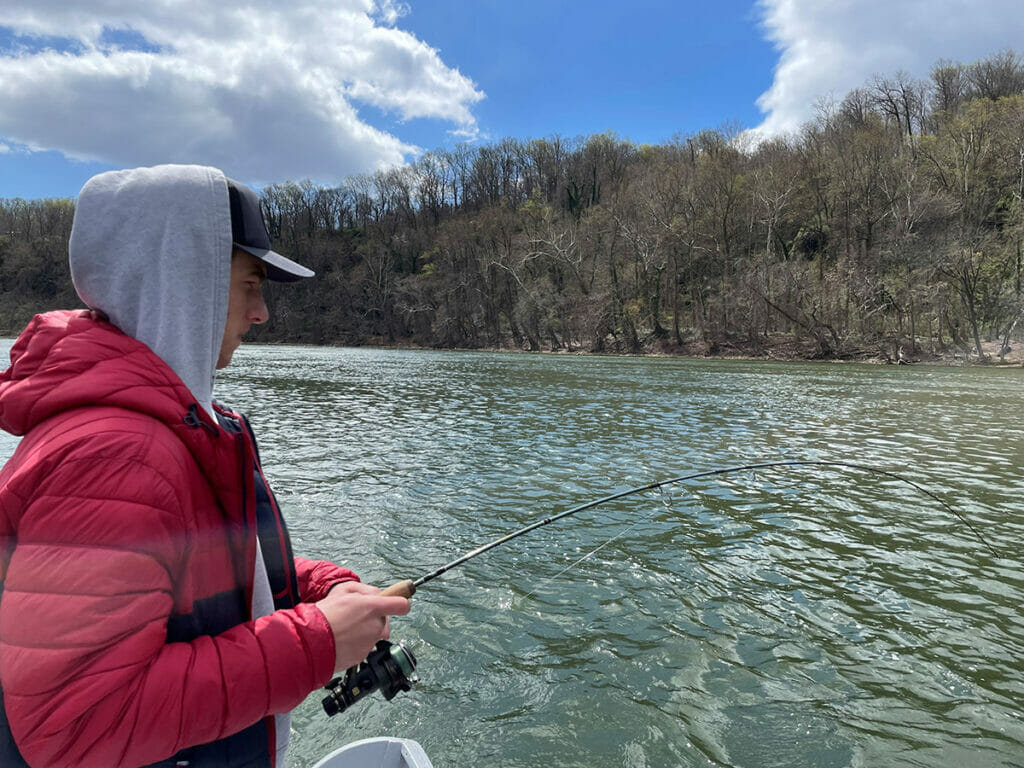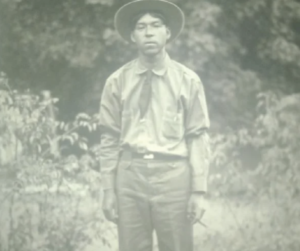The Clean Water Act at 50

As 50th birthday celebrations go, it was a wet and cold affair.
This week, I joined environmental policymakers from the White House and Congress in marking the anniversary of the Clean Water Act, one of the most important laws signed in the past 50 years.
We sat next to the banks of the Cuyahoga River in Cleveland in near freezing weather and steady rain. During one downpour, U.S. Rep. Debbie Dingell (D-MI), spouse of a key architect of the Clean Water Act, John Dingell, said, “Big John is up there with God signaling his approval right now!”
Clean water and environmental justice
It was appropriate that the celebration was held on the banks of the Cuyahoga. The river famously burned in 1969. That was at least the tenth that had occurred on the river.
The difference in 1969 was that Carl Stokes, the first black mayor of a major city in the nation’s history, took it upon himself to barnstorm the country and Capitol Hill making the case that water pollution was not only an environmental issue, but also a problem with what he called the “urban environment.” By linking poverty and poor housing to dirty water, he became a pioneer in what we know today as the environmental justice movement.
This week, Stokes’ ideas were echoed by Michael Regan, the administrator of the Environmental Protection Agency. At the ceremony, he spoke about growing up on the Neuse River in North Carolina. “It was a home away from home. A place to plan and dream.” Regan went on to note how the tens of billions of dollars in the Bipartisan Infrastructure Law and the Inflation Reduction Act will help “create environmental justice and equity by investing in the nation’s waterways. Every person in America deserves clean water.”

When the Cuyahoga burned and the Potomac smelled
In 1967, not a single fish could be found in the Cuyahoga River between Akron and Cleveland. Today, more than 70 species, including walleye, smallmouth, pike, and musky, can be caught from its waters. In rivers such as the Cuyahoga—and the Potomac, which flows through the nation’s capital—parents used to keep their kids away from the water.
Mike Connor, a member of the Taos-Pueblo Tribe and the head of the U.S. Army Corps of Engineers said, “we need to retain the natural state of our rivers. Work with—not fight against—nature. We need all communities, rich and poor, to benefit from clean water and healthy rivers.” A powerful statement for a man who leads an agency historically known more for manipulating nature than working with it.
TU has spent decades defending the Clean Water Act, most recently with an amicus brief in a critical case before the U.S. Supreme Court. As I’ve said before, clean water is not a political issue. It is a basic right.
Spring fishing on a recovered Potomac
My parents went to college in Washington, D.C., and told me that when they were students years ago, they and their friends would avoid the Potomac because “it was so gross and could make you sick.”
After the Clean Water Act celebration, Mike Connor and I made plans to fish the Potomac next spring for shad. The American and hickory shad fishery is a testament to the success of the Clean Water Act. The Potomac possesses one of the best shad runs on the East coast, with bald eagles and osprey competing with cormorants for the boatloads of fish that spawn in the city of Washington.
People of all races and socio-economic backgrounds rent rowboats out of Fletcher’s Boathouse to ply the waters for these silver, iridescent fish. They are known as “freshwater tarpon” for their fighting ability.

I pursue these fish avidly every spring, and in years past, when I would recount these exploits to Mom and Dad, Mom would say, “aren’t you worried about getting sick from being on the Potomac?”
Not only am I not worried about getting sick, Mom, I would argue that taking your grandkids out is one of the highlights of the year for me. We marvel at the birds, compete for the biggest and most fish, laugh, and argue. Talk smack with each other and adjacent rowboats. Typical family stuff. But we are doing it on a river that 50 years ago was a polluted cesspool, and today is one of the best urban fisheries in the country. (I’ll take my Potomac over your Cuyahoga…)
Sharing the fruits of clean water with the next generation
TU and its partners such as the Friends of Fletcher’s Cove are making a concerted effort to get more kids from D.C. out to experience the magnificence of the shad (and smallmouth bass, carp, catfish, and gar) on the Potomac.

Since passage of the Clean Water Act, America has transitioned from a nation where 60 percent of us grew up in rural areas to one where 80 percent grow up in urban or suburban environments. I want the kids who are growing up in D.C. to understand the power of the Clean Water Act on their home river and how its first 50 years should presage—with their help—a better 50 to follow.
Take action to protect clean water! TAKE ACTIONOur mission at Trout Unlimited is to bring together diverse interests and communities to care for and recover rivers and streams so our children can experience the joy of wild and native trout and salmon.
The Potomac may never get cold enough for TU’s namesake fish, but that should not stop our efforts to prompt the next generation of advocates for the river and the Clean Water Act.
By Chris Wood
This post originally appeared on Trout Unlimited.


